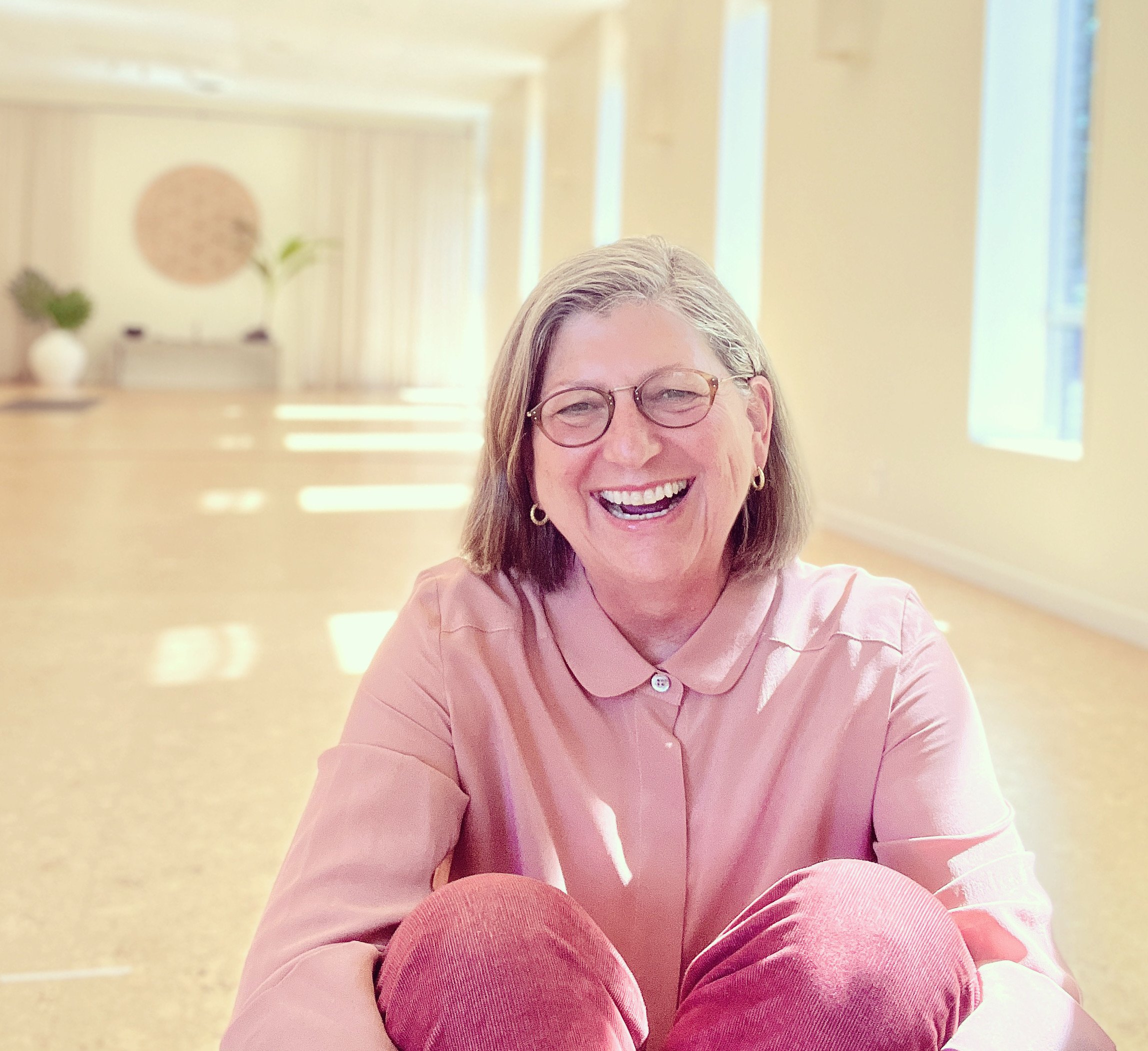In a profession marked by long hours, precision, and high emotional stakes, health care specialists may burn out and disconnect from themselves. To meet demands and care for others, whether through teaching, research, or clinical work, many overlook one of the simplest yet most powerful forms of support: engaging with nature.
On Tuesday, May 20, from 12-1 p.m. via Zoom, the Heersink School of Medicine invites faculty, staff, students, and trainees to attend “Well-being through connection: How time in nature supports physical and mental health,” presented by Anne Markham Bailey, a teaching artist with UAB Arts in Medicine.
Nature as a partner in healing
As a teaching artist, certified Forest Bathing Guide, and author, Bailey explores the creative relationships and collaborations that support well-being and engagement in the natural world. Her work spans a range of spaces—from maximum-security prisons and juvenile detention centers to colleges, hospitals, and national forests—and is rooted in the understanding that human well-being is supported through engagement with the world around us, including ourselves.
 Anne Markham Bailey
Anne Markham Bailey
Through Forest Bathing, also known as Nature Therapy, she guides individuals to a greater awareness of being alive in the world, encouraging an alternative to consuming negative thought loops and distractions. By mindfully opening the five senses, participants can access a greater sense of calm, clarity, and positivity.
As Bailey explains, a Forest Bathing Guide is a trained facilitator. “The world we live in is a powerful ally,” she says. “The view of Forest Bathing practice is that the guide opens the door, and the forest (or nature) is the therapist.”
The good news is that a deep connection doesn’t require traveling to a forest or mountaintop. “Nature is wherever you are,” Bailey says. This includes the tree you pass while walking into the hospital, the view of the sky from a window that you sit by for five minutes, or the sensation of air on your skin as you step outside.
“The benefits of connection do not require a lot of time,” Bailey notes. “But it does require intentional engagement in the practice of noticing.”
A condensed period of engagement throughout our daily routine may offer an alternative to chronic depletion: sustained emotional resilience.
Bailey’s approach isn’t just philosophical. A growing amount of research supports the connection between nature and improved health outcomes. A 2021 review from the National Institutes of Health analyzed more than 40 studies and found consistent associations between nature exposure and improved cognitive function, reduced stress hormones, and better sleep quality.
These benefits are not exclusive to extended hikes or meditating in the forest. The research supports what Bailey emphasizes in her work—measurable benefits can be gained through small moments of deep connection, such as:
- Pausing for one minute to notice your surroundings through sight, sound, or smell
- Stepping outside during your break, even briefly, to breathe and reset
- Choosing a view of nature, such as a window or video, while working or studying
- Incorporating natural elements into your working space, like plants, stones, or sunlight
These quick practices can support emotional clarity, reduce stress, and promote long-term well-being, especially for those working in high-stakes environments.
Connecting to nature for long-term healing and wellness
Bailey’s upcoming lecture is an invitation to rediscover the steady, grounding, and accessible relationship we have with nature. In a culture overflowing with productivity hacks and wellness trends, she calls people back to something trustworthy.
“At a certain point, one might wonder, what’s actually reliable among health trends and fads?” she says. “Our connections with this planet are trustworthy and inspiring. We discover profound allies, such as air, water, and light.”
Though not a strict meditation practice, Forest Bathing is an opportunity for deep connection through mindful noticing. When we notice the details of our lives—breathing, walking, and taking in a sunrise or a dandelion growing by the sidewalk—we benefit.
“I recall noticing a cherry tree bursting with bloom in my garden during those precious few days of astonishing beauty once a year,” she reflects. “I realized that witnessing the myriad details of that moment was a worthy endeavor. Why would I knowingly miss out on the richness of relationships in my own life? How powerful to engage in connection with this tree.”
Join Bailey on May 20 at 12 p.m. via Zoom for “Well-being through connection: How time in nature supports physical and mental health,” and explore small ways to restore clarity, creativity, and calm. No hiking boots required.